Red light masks can be HSA eligible when tied to a medical condition and supported by a clinician’s Letter of Medical Necessity. Eligibility depends on your health plan, so approval isn’t automatic. Keep an itemized invoice and the signed letter for reimbursement.
Health Savings Accounts (HSAs) and Flexible Spending Accounts (FSAs) treat qualifying devices as medical expenses when they address conditions like acne, inflammation, or chronic pain. Cosmetic use alone does not qualify.
For at-home use, the Lumara VISO LED Mask offers full-face 660 nm coverage in sessions that fit typical LMN protocols. In professional settings, the Illuminate Red Panel delivers high-output uniform energy with documented dose clarity. Safety requirements are met with Treatment Goggles, which can be listed separately in invoices.
If you want the deeper breakdown, how to set up paperwork, cite clinical evidence, and prevent denials, keep reading.
How Eligibility Works
What qualifies as a medical expense
IRS rules define medical expenses as treatments that diagnose, cure, mitigate, or prevent a disease. For red light masks, that means conditions like inflammatory acne, erythema tied to photoaging, post-surgical recovery, or TMJ-related pain. Cosmetic claims alone rarely pass.
HSA vs. FSA at a glance
HSAs roll over annually and pair with high-deductible health plans. FSAs expire each year unless your employer offers a grace period. Both accounts cover eligible devices when supported by the right documentation.
The role of the Letter of Medical Necessity
A clinician’s note is often required. This letter should specify the diagnosis, device details (including wavelength and treatment area), and a treatment plan. A well-prepared LMN includes session duration, frequency per week, and expected energy dose per area. Safety notes, such as eyewear use during higher irradiance sessions, strengthen the case.
Clinical Backing You Can Cite

Evidence for home-use devices
A peer-reviewed study tested home use of LED therapy on photoaged skin. Participants treated one side of the face twice weekly for eight weeks. Results showed significant improvements in elasticity by weeks six to eight, visible texture refinement, and no adverse events.
These findings reinforce the medical value of red light therapy when used consistently at controlled wavelengths. For users seeking HSA eligibility, citing evidence like this supports the clinical legitimacy of an LMN.
Why this supports Lumara devices
The study’s outcomes align with the wavelength precision and session protocols built into Lumara hardware. The Lumara VISO LED Mask delivers 660 nm red light across the entire face, matching clinical parameters for elasticity and skin texture improvement. For higher-output needs, the Illuminate Red Panel is engineered to deliver consistent Joules/cm² across every square centimeter, helpful when clinicians define dose in an LMN.
Building an Approval-Ready LMN Packet
Core elements of an LMN
A strong Letter of Medical Necessity includes:
- Diagnosis or condition being treated
- Device details (name, wavelength, coverage)
- Treatment protocol: minutes per session, days per week, and length of therapy
- Target energy dose (J/cm²)
- Safety note, such as eye protection requirements
Matching invoice and LMN
Invoices should reinforce the LMN. List device specifications clearly, wavelength, session length, and included accessories like goggles. This consistency reduces the risk of denial during audits.
Why detail matters
In the clinical trial, consistent protocols led to measurable elasticity and texture improvements within eight weeks. Aligning LMN language with such structured dosing demonstrates legitimacy to health plans and strengthens approval chances.
Two Ways to Pay with HSA/FSA

Direct payment
Some retailers integrate HSA/FSA cards directly at checkout. This requires entering the account card information, with eligibility verified at purchase. Documentation is often emailed automatically after the order.
Reimbursement method
Alternatively, pay with a standard credit or debit card and then file a claim. Submit the LMN and itemized invoice through your plan portal. Include the receipt and keep a digital copy for your records.
Benefit of both routes
Both methods work if documentation is consistent. The key is ensuring the LMN and invoice match and include all required details, including safety accessories when relevant.
Avoiding Denials
Language to use
Claims framed around treatable conditions have higher success rates. Acne with inflammation, erythema associated with photoaging, or post-surgical healing all strengthen eligibility. Purely cosmetic phrasing weakens the case.
Documentation consistency
Health plans often deny claims due to vague invoices or missing protocol details. Ensure the LMN and invoice both include device specs, wavelength, and treatment frequency. Listing Treatment Goggles separately also demonstrates compliance with safety standards.
Role of device specs
Products with transparent irradiance and uniform energy delivery are easier to defend. The Lumara VISO LED Mask and Illuminate Red Panel both provide measurable clinical output, helping clinicians write defensible LMNs and reducing the likelihood of denial.
Safety & Dose Transparency
Irradiance and session timing
Irradiance describes how much power per square centimeter a device delivers. A higher value means the therapeutic energy dose is reached in minutes, while weaker devices may need long sessions or fail to cross the threshold at all.
For users submitting reimbursement claims, being able to show that a device consistently delivers 5 J/cm² or more strengthens the case that it is therapeutic rather than cosmetic. This is why devices designed with clear irradiance specifications provide confidence not only in results but also in medical necessity documentation.
Role of protective eyewear
Every treatment plan assumes that safe-use protocols are followed. Protective goggles are part of that standard.
Plans view the presence of accessories like Treatment Goggles as evidence that the therapy is medically guided rather than recreational. Including them on invoices, and referencing them in the LMN, positions the purchase as compliant with safety best practices.
Device clarity
Lack of transparency in specs often leads to claim denials. Devices that openly publish wavelength, irradiance, and treatment times remove ambiguity for both clinicians and plan administrators.
For instance, the Illuminate Red Panel lists its clinical output in Joules/cm², giving providers a firm basis for dosing instructions. This detail is critical for LMN approvals because it proves that the device can achieve therapeutic results.
Budget & Timing Plays (FSA Deadlines, HSA Planning)

Year-end strategies
Flexible Spending Accounts typically expire at the end of the calendar year, and unused funds are forfeited unless the employer offers a grace period.
For this reason, many users purchase entry-level masks or accessories in December to use remaining balances. Planning ahead avoids the scramble of last-minute spending.
Long-term HSA planning
Unlike FSAs, Health Savings Accounts roll over each year, making them ideal for higher-value purchases that deliver lasting therapeutic benefit.
Larger devices such as the Lumara VISO LED Mask fit well into an HSA strategy where individuals plan out treatments over months or years. This approach allows patients to align clinical goals with tax-advantaged spending.
Documentation timing
Regardless of account type, having all documents ready at the time of purchase is crucial. LMNs should be signed and dated before or during the transaction, and invoices should clearly match the LMN language.
This reduces delays and prevents the need for resubmission if a claim is challenged.
Troubleshooting the Purchase Flow
Missing HSA/FSA option at checkout
Sometimes the checkout process does not display the HSA or FSA card option. This often happens when the platform defaults to stored payment profiles.
Using guest checkout, clearing browser cache, or switching browsers can restore the option. Retailer support teams can also enable the proper flow manually if needed.
Errors during payment
Payment errors are usually linked to account balances or mismatched personal information. Ensuring that the HSA or FSA card has adequate funds and that the entered details match the bank’s records usually resolves the problem. Contacting the plan administrator directly can confirm whether a block is in place.
Claim rejection handling
Rejected claims often stem from vague LMN language or missing device specifications. Revising the LMN to emphasize treatment of acne or related medical conditions, attaching session protocols, and resubmitting usually leads to approval. Consistency between the LMN and the invoice is critical, both documents must describe the same product and purpose.
Checklist before filing
- LMN signed by a licensed clinician.
- Itemized invoice that lists device specs and accessories.
- Proof of payment saved as a PDF or scan.
This checklist ensures nothing is missing before filing, minimizing delays.
Filing sequence
Most plan portals request uploads in a specific order. Begin with the LMN, followed by the invoice, then proof of payment.
Including device specifications such as wavelength and treatment time reinforces the clinical nature of the purchase. Listing Treatment Goggles as a separate line item further demonstrates compliance with safety requirements.
Retaining documentation
IRS rules and many plans allow for audits years after the initial reimbursement. Storing all documents (LMNs, invoices, payment confirmations) for at least three years provides security.
Products like the Illuminate Red Panel and the Lumara VISO LED Mask generate itemized invoices suitable for this purpose, giving users reliable records that can withstand review.
Product Fit by Use Case (Quick Guide)

At-home facial therapy
The Lumara VISO LED Mask delivers targeted 660 nm light across the entire face in structured sessions. It’s suited for users seeking consistent at-home treatments that can be tied to LMN protocols addressing acne or photoaging-related redness.
Professional or spa setting
The Illuminate Red Panel provides engineered spacing and high-output uniform energy. For clinicians and spa operators, this coverage supports efficient sessions and predictable dosing, making it easier to align with medical documentation.
Glow With Lumara

Red light masks can qualify for HSA or FSA use when supported by an LMN that ties the device to a medical condition. Success depends on clear documentation, diagnosis, treatment protocol, device specifications, and safety accessories.
Devices built with transparent output and consistent dosing make approval easier. The Lumara VISO LED Mask and Illuminate Red Panel provide clinical-grade performance with invoices that support LMN submissions. Paired with Treatment Goggles, they form a package that meets both clinical and administrative standards.
For anyone aiming to use tax-advantaged funds, aligning treatment goals with medical documentation ensures eligibility and maximizes account value.
Disclaimer
This content is for informational purposes only and does not constitute medical, legal, or tax advice. Eligibility for HSA or FSA reimbursement is subject to individual plan policies and IRS guidelines. Always consult your healthcare provider for a personalized diagnosis and treatment plan, and contact your HSA/FSA administrator to confirm whether a device qualifies for reimbursement. Lumara Systems makes no guarantees regarding reimbursement outcomes. Product performance claims are based on internal specifications and peer-reviewed research, but individual results may vary.
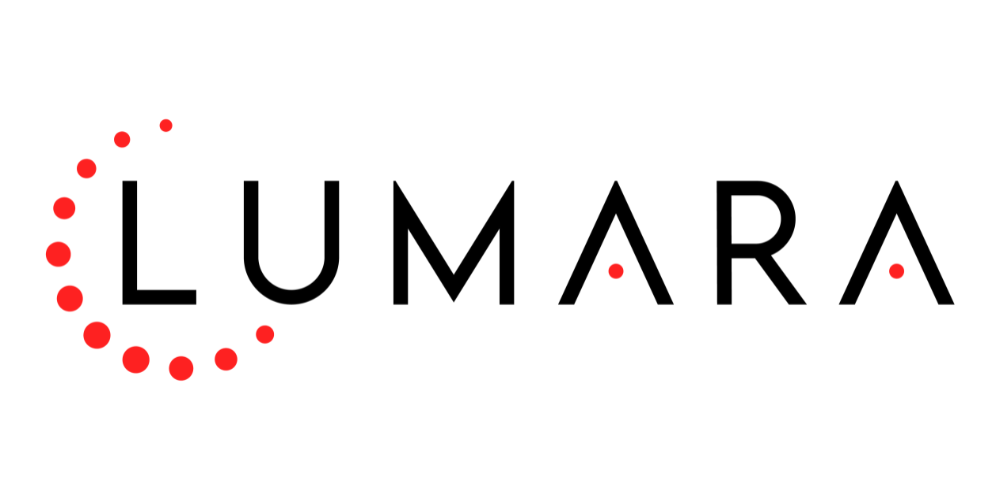
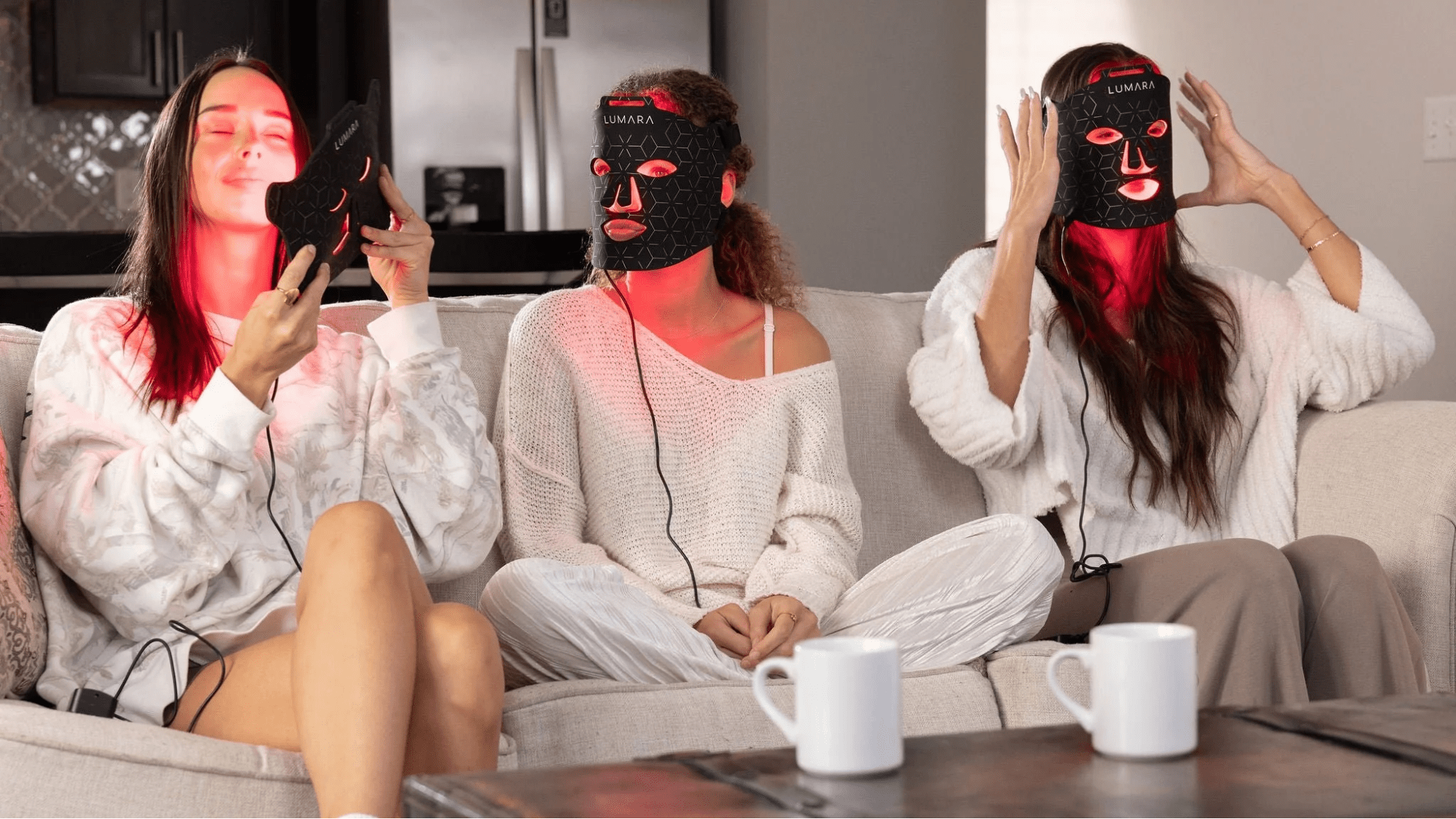
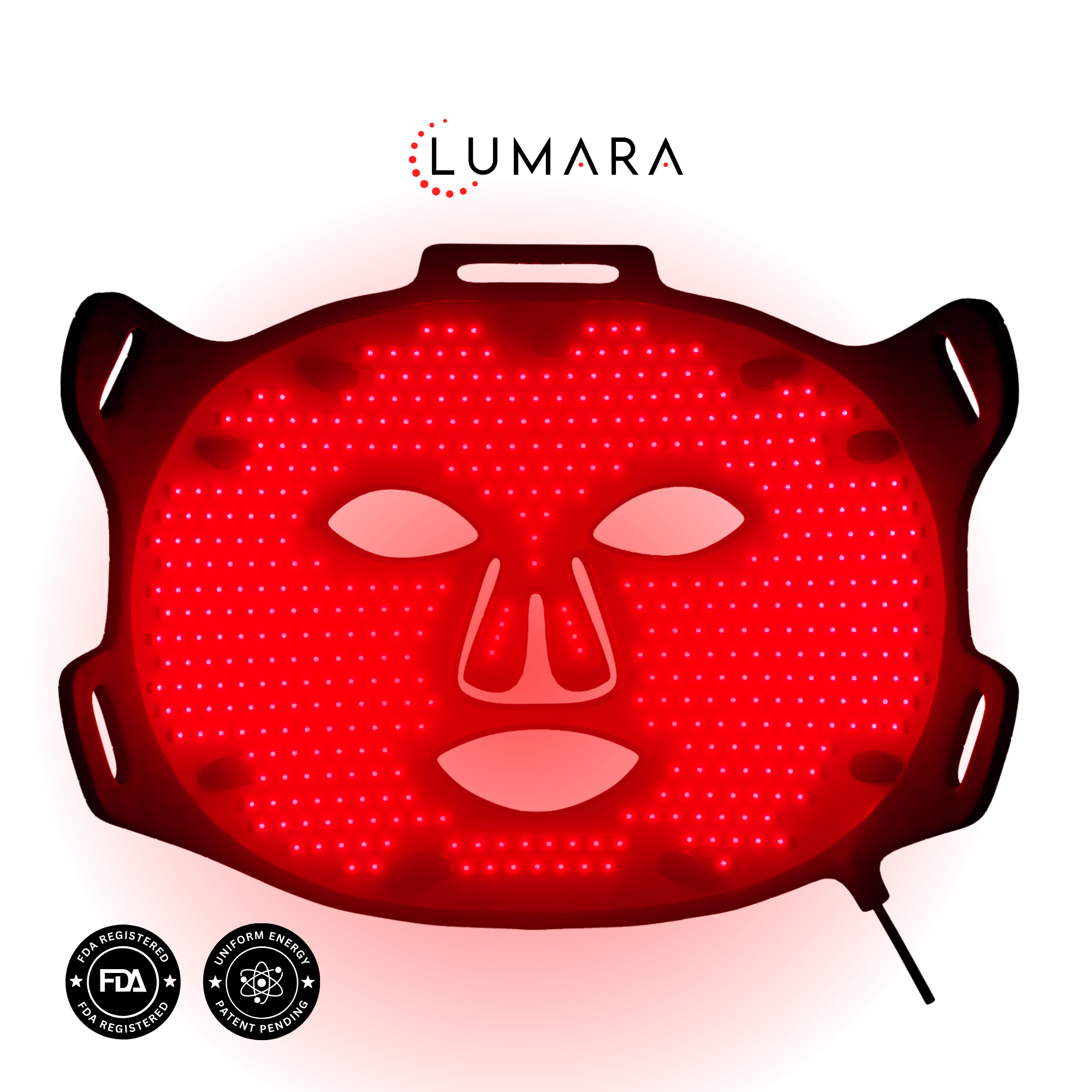

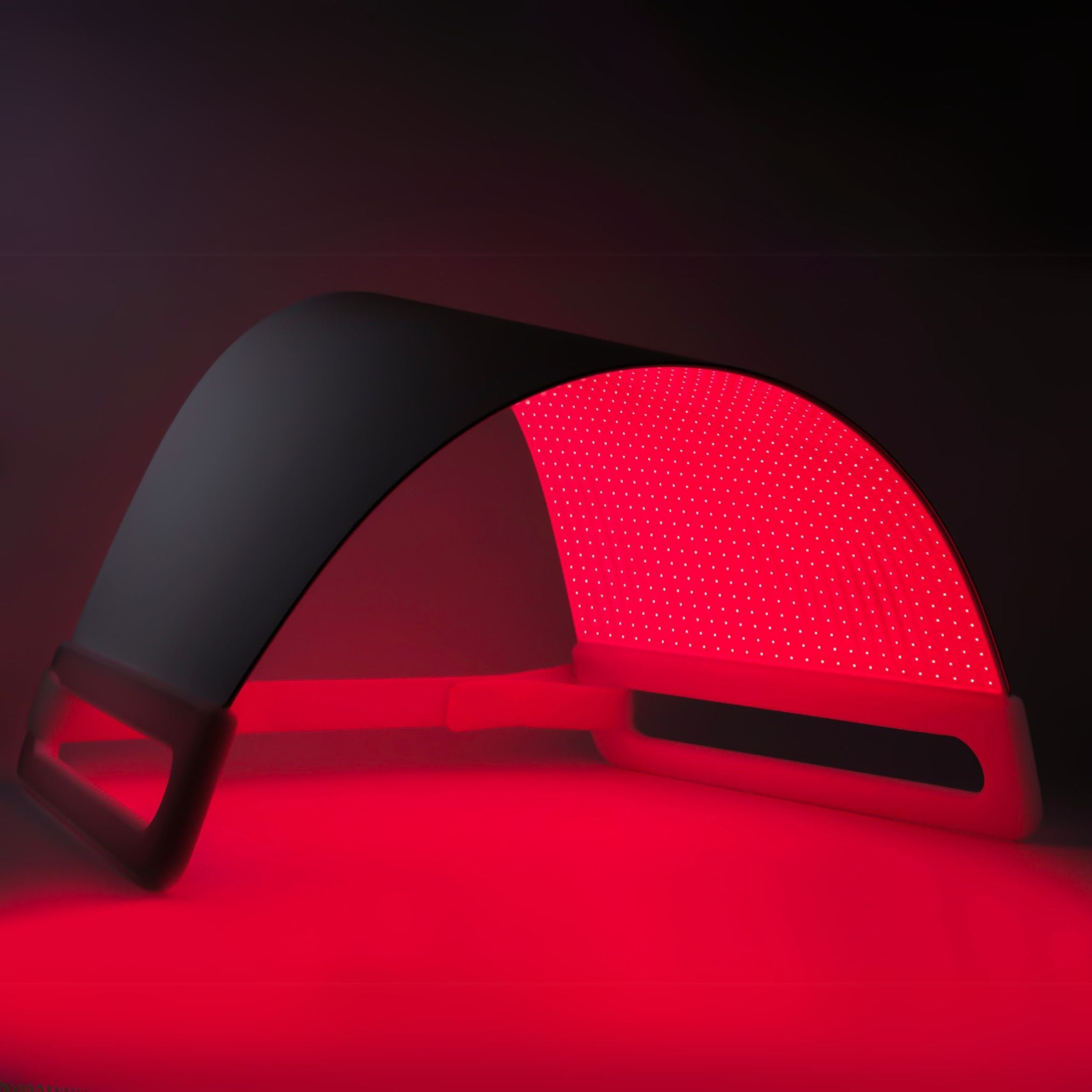
Share:
Red Light Therapy & Dopamine: Mechanism, Timing, Safety
How Much Coverage Should an LED Face Mask Deliver?